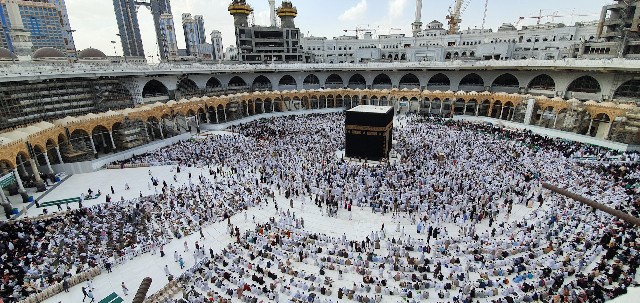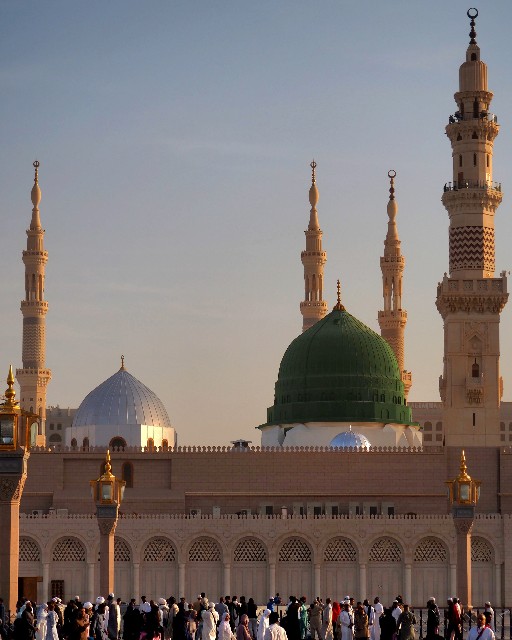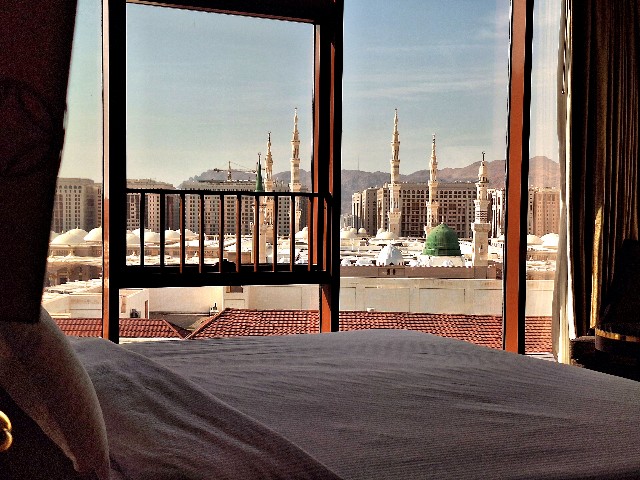
Looks like milk coffee? Unveiling the secrets of white Arabic coffee.
When you think of coffee, you likely imagine a dark-colored beverage with a strong bitter taste. However, in Saudi Arabia, there exists a white coffee that defies these common expectations. This white coffee surprises and captivates visitors with its unique color and flavor. In this article, I’ll provide a detailed report on white Arabic coffee, a traditional beverage in Saudi Arabia, exploring its charm and taste.
The Spread of Coffee Culture from Arabia
Before discussing Saudi Arabia’s white coffee, let’s trace the history of coffee.
The history of coffee as a beverage is very ancient, with coffee drinking culture believed to have begun in Yemen before the 10th century. Yemen was one of the earliest places on the Arabian Peninsula to cultivate coffee, where local Sufis used it to stay awake during their practices and prayers. From Yemen, coffee is said to have spread to the Hejaz region of Saudi Arabia, including Mecca and Medina.

The Hejaz region, home to the holy cities of Mecca and Medina
The Hejaz region is home to Islamic holy sites and is visited by many pilgrims. Through these pilgrims, coffee was introduced to various parts of the world. Particularly in the 16th century, coffee culture spread through the Ottoman Empire to Egypt, Syria, and eventually Europe. This is how coffee established its position as a global beverage.
Tracing this history, we can see that Saudi Arabia encountered coffee as a beverage very early in global terms. This early adoption led to the development of a unique culture where drinking white coffee became a daily practice.
White Arabic Coffee

White Arabic coffee. The local style is to enjoy it with dates.
When you hear “white coffee,” you might imagine a drink like a café latte with plenty of milk or cream. However, Saudi Arabia’s white coffee is something entirely different.
This coffee is generally called Arabic coffee (qahwa) and uses very lightly roasted coffee beans instead of regular ones. This results in a light color, literally making it a “white” coffee. Additionally, spices such as cardamom, cloves, and saffron are often added, creating a distinct aroma and flavor.
It’s worth noting that Arabic coffee is registered as a UNESCO Intangible Cultural Heritage, so drinking it truly allows you to experience a cultural tradition.
Side Note: Black Arabic Coffee

In Gulf countries other than Saudi Arabia, Arabic coffee typically refers to black coffee
As a side note, Arabic coffee enjoyed with spices is popular not only in Saudi Arabia but also widely throughout other Gulf countries. However, in other countries, it typically refers to deeply roasted coffee mixed with cardamom, appearing black and tasting similar to the coffee we drink elsewhere in the world. White coffee is rarely seen outside of Saudi Arabia, so be aware that “Arabic coffee” refers to different beverages in Saudi Arabia versus neighboring countries.
The Taste of White Coffee

The aroma varies slightly from shop to shop. This coffee has cardamom pieces floating in it
When you actually taste white coffee, its flavor is surprisingly delicate. Compared to regular coffee, it has less bitterness, with a gentle waft of spices. With your first sip, the refreshing flavor of cardamom spreads across your palate, followed by a subtle sweetness from the cloves. The aftertaste is clean, without the lingering bitterness or heaviness often experienced after drinking coffee. This may be one reason why it’s particularly favored in Saudi Arabia’s hot climate.
Personally, if I closed my eyes while drinking it, I might mistake it for a rich tea due to its light taste. Even those who don’t typically enjoy coffee might find white Arabic coffee pleasant to drink.
How to Enjoy Arabic Coffee and Where to Find It
To enjoy white coffee in Saudi Arabia, it’s best to visit local cafes or restaurants. Most mid-range and upscale restaurants and cafes serve Arabic coffee. The coffee is served in small cups, and is often enjoyed with dates. The sweetness of the dates enhances the spiced flavor of the coffee, creating a perfect combination.

The standard set for Arabic coffee: a dallah (brass pot) and small cups.
Arabic coffee is served in a brass pot called a dallah, and is poured into small cups in front of guests. In the local style, it’s drunk straight without sugar or milk. It’s quite surprising that this black coffee (no sugar added) is white in color—quite “arabic-ulous” indeed!
Caution: Intense Caffeine
There’s an important point to note when drinking white Arabic coffee: its caffeine content is significantly higher than regular coffee.
Coffee beans, despite their appearance and bitterness, are known to lose caffeine content the more deeply they are roasted. This means that the ultra-lightly roasted white coffee beans used in Arabic coffee contain a substantial amount of caffeine. Enjoying a small cup is completely fine, but drinking an entire dallah by yourself or having multiple servings throughout the day might lead to stronger caffeine effects than expected. Be cautious as the mild taste can lead to unintentional overconsumption.
On the flip side, during travel when you might be sleep-deprived, a small amount of Arabic coffee can help you stay alert and energized. Without drinking too much, you can strategically use it to boost your energy during your travels!
What Did You Think?
In this article, I’ve shared basic knowledge about Saudi Arabia’s white coffee. In the next article, I’ll provide an experiential report of actually drinking white coffee. Look forward to learning more details about its delicate taste and the warm hospitality that accompanies it!
Next article is available here:
![[World’s First Dragon Ball Theme Park] Shenron Descends in Saudi Arabia! Opening Dates, Construction Site, and Prices Revealed](https://en.kosupatravel.com/wp-content/uploads/2024/12/20240328093236-1024x576.png)

![Tasting the Sacred Water from Mecca’s Zamzam Well! Flavor, Benefits, and How to Get It [Zamzam Water Review]](https://en.kosupatravel.com/wp-content/uploads/2025/03/20240717185410.jpg)


